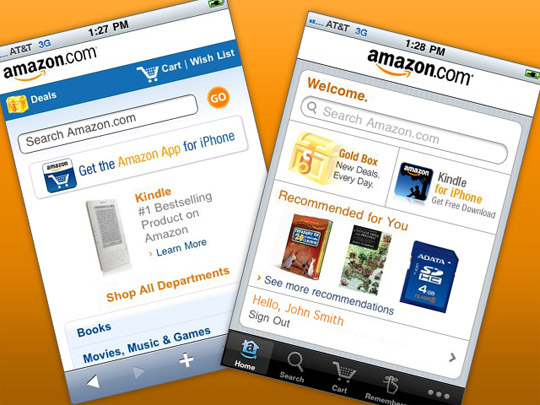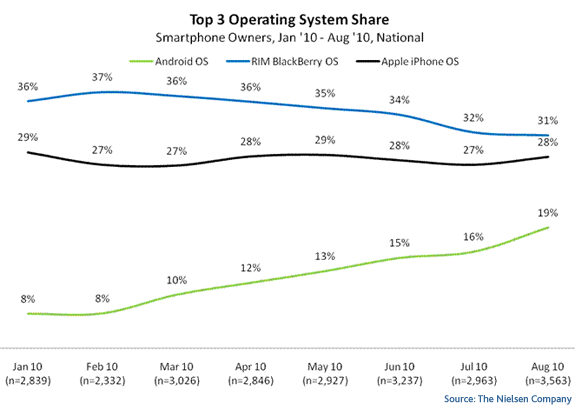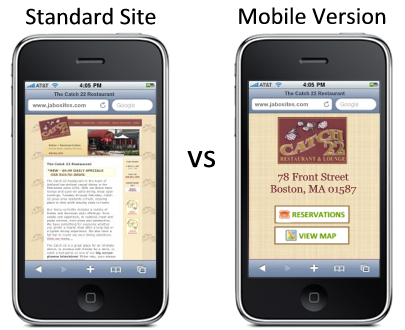Part one of this research looked at the relationship between broadband deployment and arts vibrancy in the United States, focusing on Texas. This article examines factors that are driving the digital divide and relatively low arts vibrancy in two counties on the Texas-Mexico border and how that could inform policies in the United States as a whole.
Comparing Digital Access with Arts Vibrancy in the U.S.
An estimated 18 million households in the United States do not have access to home broadband. This is a statistic that arts managers should consider when planning online programming and in-person events as the world opens up. By looking closer at the digital divide and comparing counties’ internet access to their arts vibrancy, as measured by SMU DataArts, this article will look at the United States’ digital divide and how it impacts opportunities for arts participation.
Digital Inequity in the Arts: Part 1
The coronavirus pandemic has changed everything we assumed about the world. Everything that once seemed impossible to ask for in terms of public policy is now possible, including rent suspension, eviction moratoriums, and universal basic income. But, it has also revealed inequities, including who has access to the arts. This project, published in two parts, evaluates racial equity through the lens of the arts sector during the Covid-19 pandemic by asking the questions: who has access to the arts and, fundamentally, what does access look like?
Going Mobile - Websites vs Apps
This post also appears as part of the Arts Marketing Blog Salon hosted by Americans for the Arts.
During last week's Arts Marketing Blog Salon, Mary Trudel advocated connecting with audiences via mobile technology. CTIA, the international association for the wireless telecommunications industry, recently revealed that mobile phone market penetration in the United States reached 93% for the nation’s total population in June 2010. With usage numbers like that, there is no doubt that arts organizations should be investing in mobile engagement.

- Amazon can afford to have both an app and a mobile site.
But which should you choose if your budget is more limited?

User base: While 93% of U.S. residents have mobile phones, the U.S. market penetration for smartphones is 31%. This means that 62% of the U.S. population uses mobile phones for which they cannot download mobile applications.
Connectivity: Whereas mobile websites require users to be connected to the internet, many mobile applications do not require an internet connection once they have been downloaded to your smartphone. This may be important for patrons who are trying to engage with your organization but are in an area where wireless service is not available.
Platforms: Mobile websites are accessible from all types of mobile devices. Mobile apps, however, are tied to specific types of devices. For example, a patron with an Android smartphone cannot use a mobile app designed for an iPhone. Now, you may be saying to yourself, “Yes, but iPhones are the most popular smartphones on the market, so we should just design apps for iPhones.” If so, then you will be surprised to learn that Blackberry has 31% of the U.S. smartphone market share compared to the iPhone’s 28% and Android’s 19% according to The Nielsen Company.

Expectations: What do your patrons want from their mobile experience? Have you asked them? If your patrons simply want information (hours, directions, descriptions of work, etc.), then a mobile website is entirely sufficient. If you are looking to provide your patrons with an interactive, one-of-a-kind mobile experience, then you’ll need an app for that.
In a recent New York Times article, Edward Rothstein took a look at a number of mobile apps developed by museums and concluded:
I have used museum apps to help me navigate museums. But I have generally felt used along the way, forced into rigid paths, looking at minimalist text bites, glimpsing possibilities while being thwarted by realities… It is best to consider all these apps flawed works in progress.
In a response to Rothstein’s article, Brooklyn Museum’s Chief Technology Officer Shelley Bernstein shared:
I had mixed feelings about the article – I mostly agree that these apps all leave much to be desired, but I disagree that we shouldn’t be trying. Experimentation without perfection is a good thing…Each and every visitor walking in our doors is likely to expect something different from an app, and every visitor is going to respond differently to what we provide. My point is that it is our responsibility, collectively, to try new approaches and provide as many entry points into content and the museum as possible.
So, mobile website or mobile app? Personally, I believe that a mobile website should be phase one in any arts organization’s mobile engagement plan. Okay, I hear you asking, “Why? Won’t the phone’s browser just show my desktop website?” The best way to answer that question is to try it.
Go ahead. Take out your phone. Go to the menu, and select the internet option. At the prompt, enter your organization’s web address. Try it on several different devices. You will quickly notice that your standard website looks unusable on every phone. The one exception to this may be an iPhone, but even it will require the user to point, pinch and slide their way to your information.

- Even if you have an iPhone, standard websites are not as easy to navigate as mobile sites.

Still not convinced that your arts organization needs a mobile website? Morgan Stanley’s global technology research team recently released a report projecting that mobile internet usage will surpass desktop internet usage in 2014. If you do not have a mobile website, then the steadily increasing number of internet users who attempt to access your information via mobile devices will get the wrong content, presented in the wrong order, with a slow and costly download, and with an ill-adapted layout.
Don’t let this happen to your patrons. Even if you do not have room in your budget for a custom-designed mobile site, there are a number of resources available for converting your current website into a mobile-friendly site.








